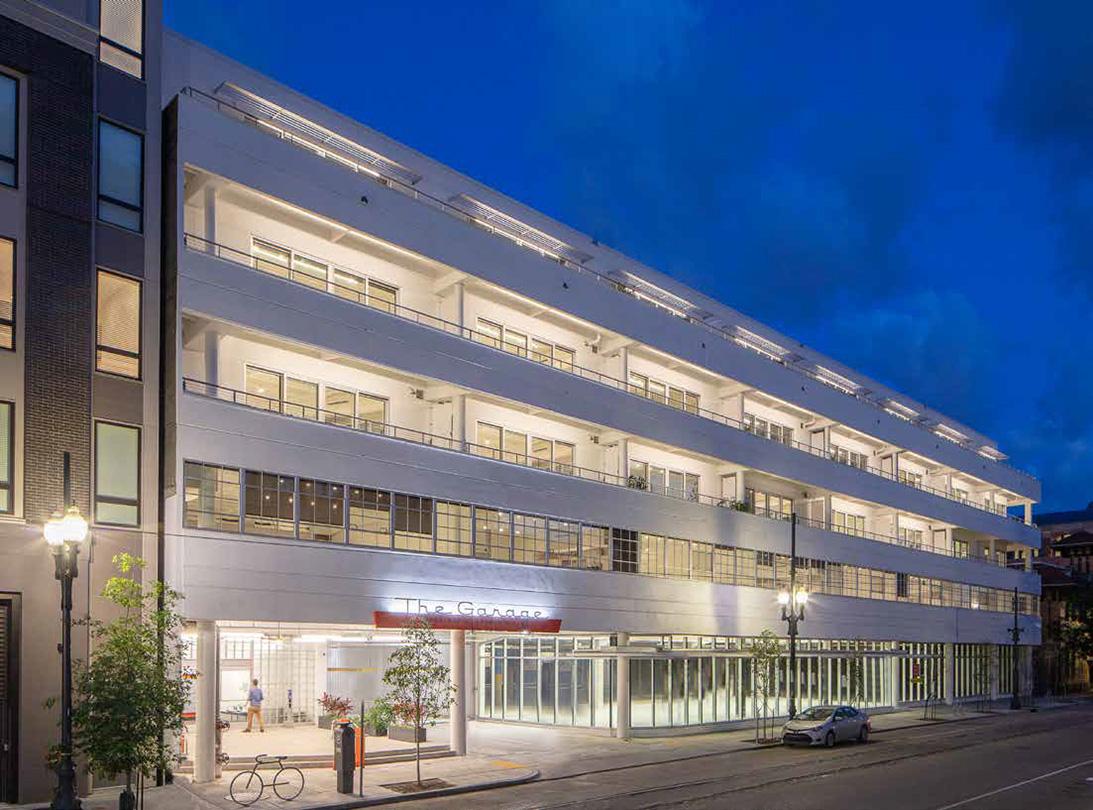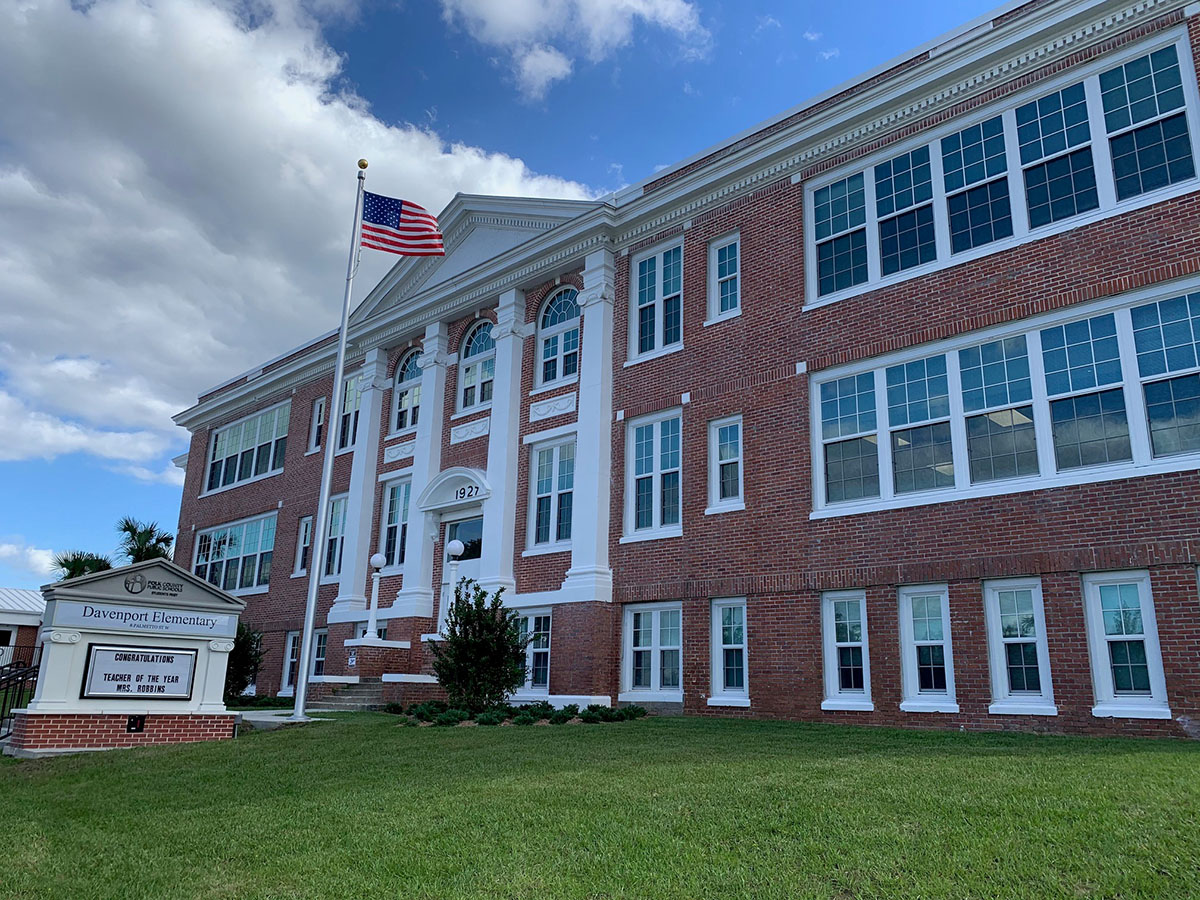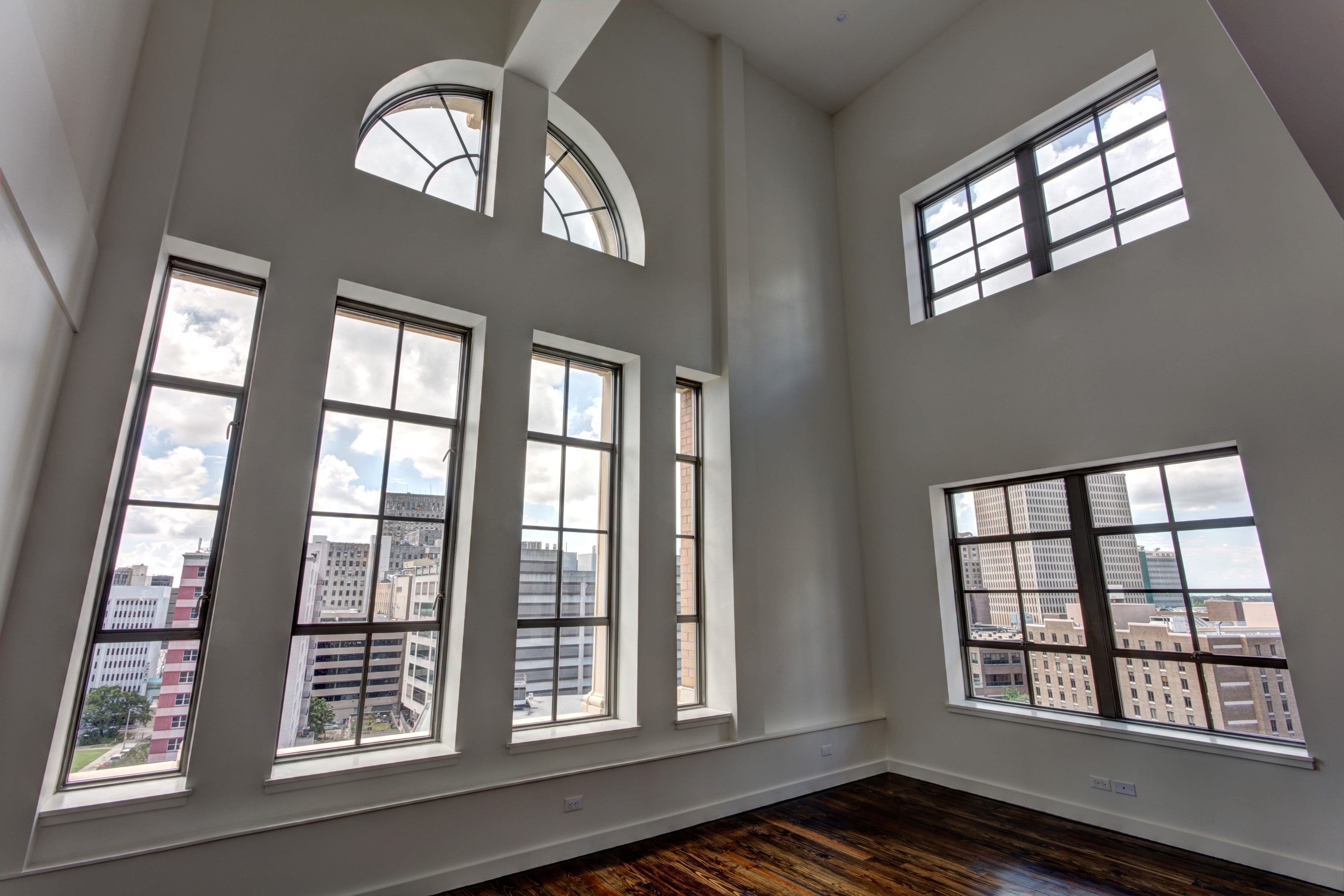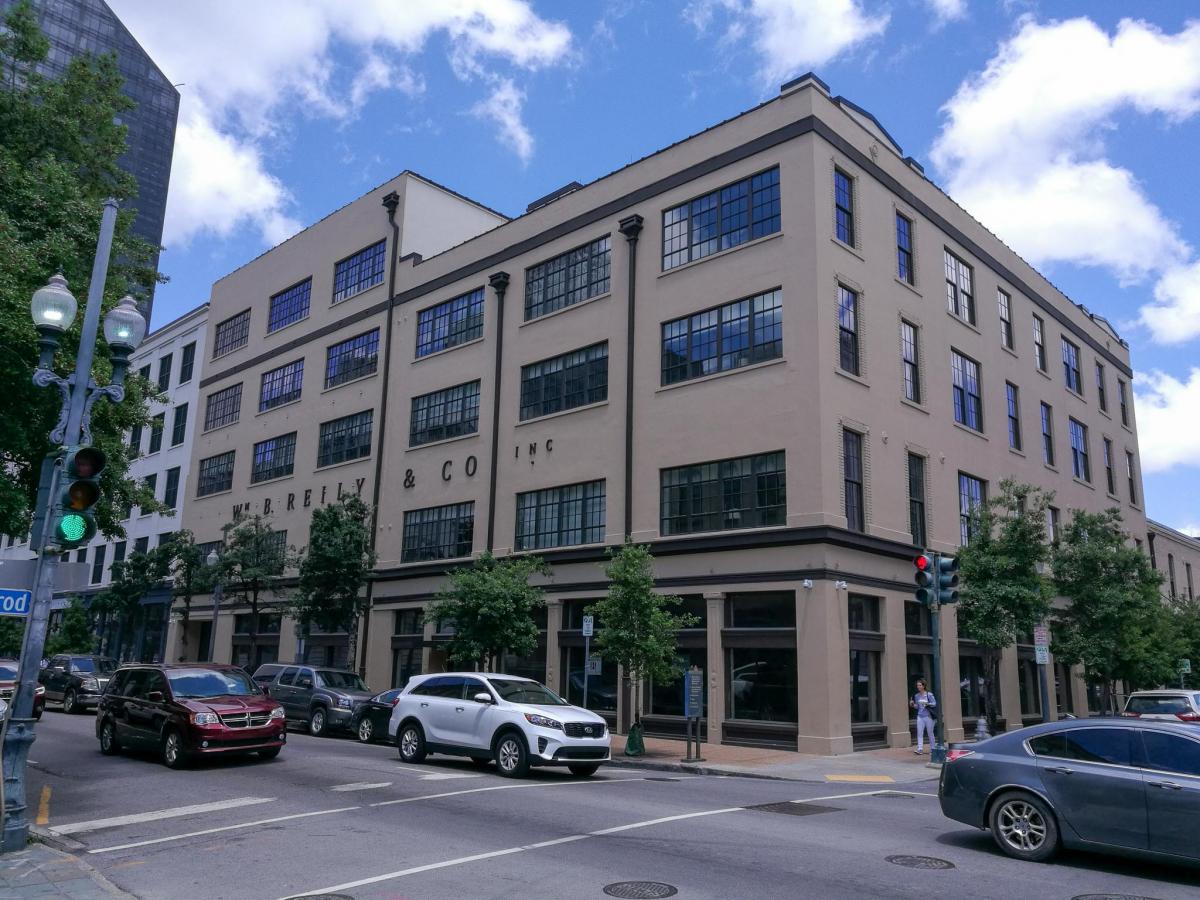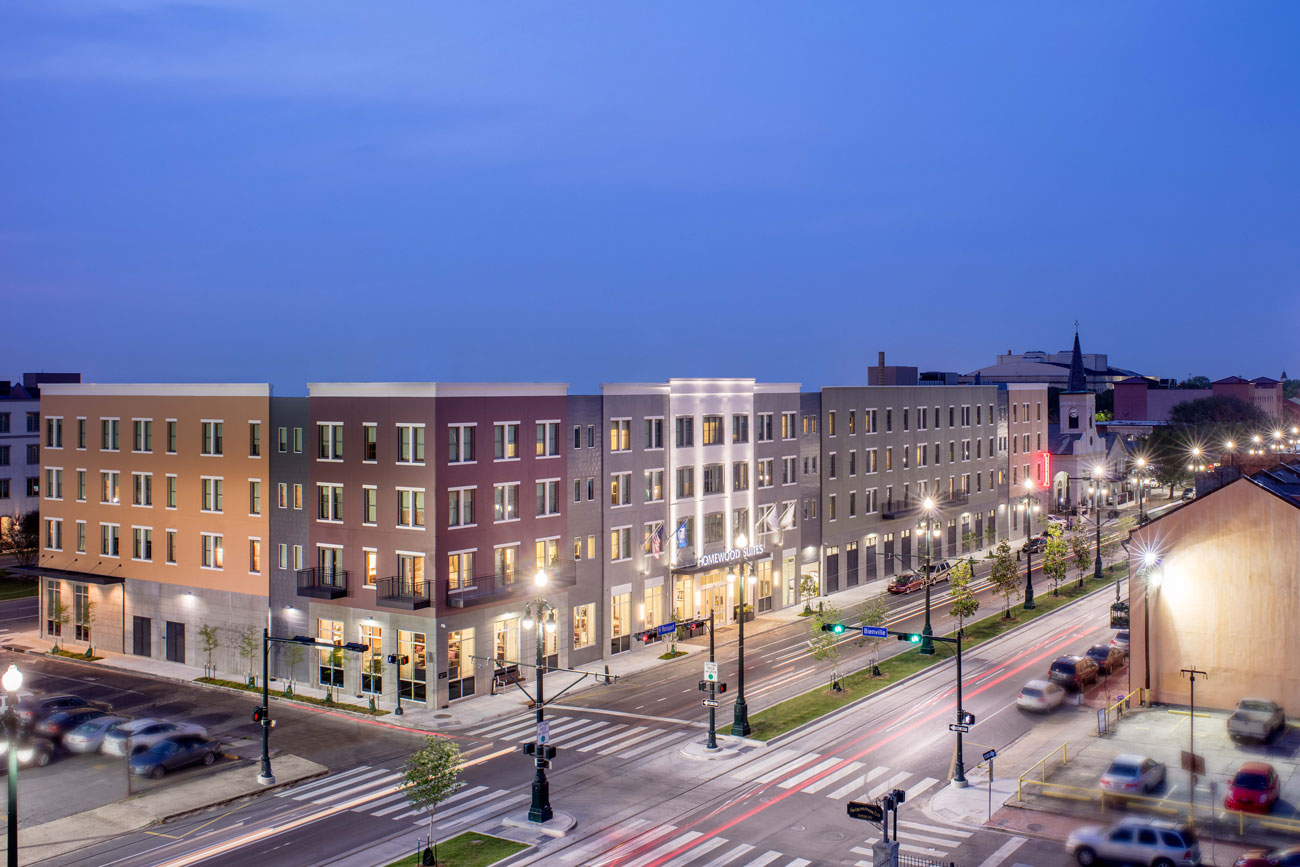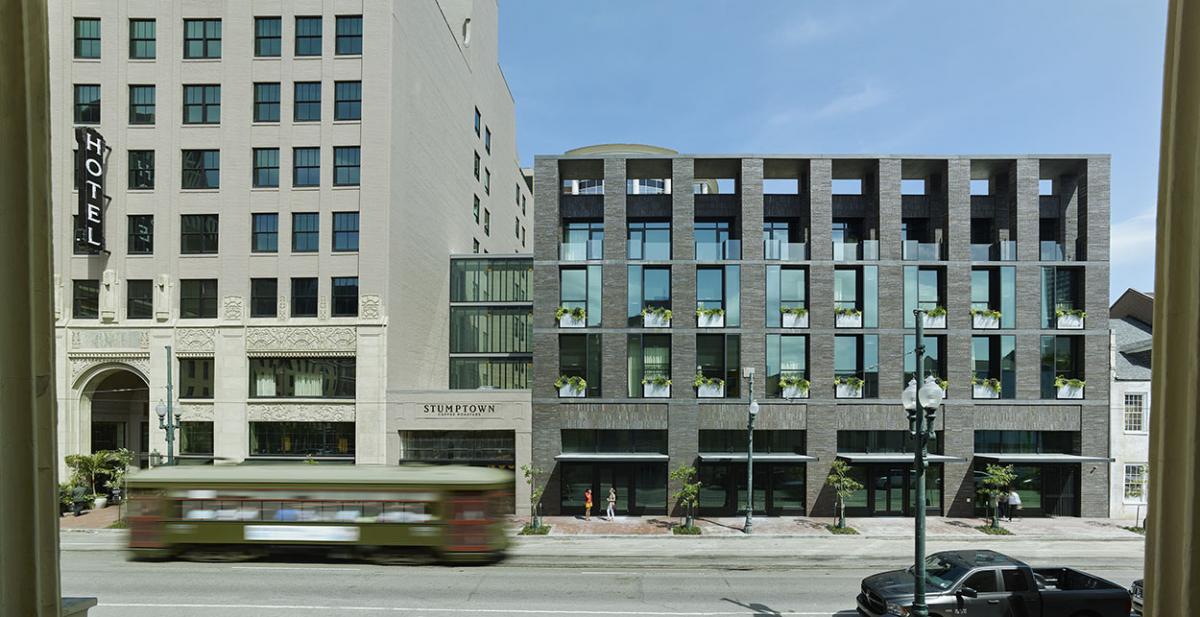From material choices to ratings, there are several important considerations to make before moving forward with a hurricane window installation.
In this guide, we’ll cover the fundamentals of hurricane-resistant windows, including what they are, how they work, costs and more.
What Are Hurricane Windows?
Hurricane windows are engineered to be much more durable than standard glass windows, in order to resist the high winds and flying debris associated with hurricanes. These windows are specifically designed to not shatter upon impact.
By choosing to have hurricane windows installed, property owners are doing their part to keep their buildings as safe as possible. Unsurprisingly, hurricane windows are most common in coastal areas where hurricanes and tropical storms are common. However, they’re also used in tornado-prone areas due to a high impact resistance rating.
Premium hurricane windows engineered by an experienced company are an excellent choice for your building — whether it’s a new build or a replacement project — because they keep a building and its occupants safe without sacrificing aesthetics.
With hurricane-grade windows, there’s no reason to have a windowless building or a boarded-up exterior: Hurricane windows provide protection and style.
What Are the Materials Used in Hurricane-Resistant Windows?
The materials for hurricane-resistant windows vary by manufacturer; however, they share some similarities. Hurricane-grade windows are generally made with two pieces of heat treated glass bonded together to a thin plastic membrane. There are many other material options but this membrane is typically made from polyvinyl butyral (PVB) or ionoplast polymer.
The strength and durability of the window are dependent upon the thickness of the plastic membrane, which is the critical component that keeps window glazing intact.
Even if they break, they should tend to remain intact, much like the laminated safety glass found on windshields. Of course, hurricane-rated glass is much more durable than laminated safety glass, but its mechanism for keeping the glass in place is similar.
The frames are generally made of metal — either steel or aluminum. However, there are some more budget-friendly (though less durable) alternatives such as vinyl, as well.
What Are the Different Ratings for Hurricane Windows?
All hurricane-grade windows have to undergo a rigorous design pressure test to make sure they can withstand dangerous storm conditions. Generally, this test is a three-part test based on air, water pressure and structural components, and the end result provides the window’s Design Pressure (DP) rating.
Calculating DP ratings is a bit complex, but there’s a simple way to decipher the ratings. First, let’s look at the Saffir-Simpson Hurricane Wind Scale to illustrate the different categories of hurricanes:
- Category One: 74-95 mph (miles per hour) winds
- Category Two: 96-110 mph winds
- Category Three: 111-129 mph winds
- Category Four: 130-156 mph winds
- Category Five: 157+ mph winds
Every ten points on the DP rating is roughly equivalent to one hurricane level. So, for instance, a DP rating of 20 should withstand a category two hurricane, and a DP rating of 40 should withstand a category four hurricane.
Thankfully, most manufacturers won’t require you to do the math, and they’ll let you know the impact and wind resistance in straightforward terms and can work with your building’s Engineer of Record (EOR).
What Are the Requirements for Hurricane-Resistant Windows?
For windows to be considered hurricane resistant, they have to go through strict testing. They also must meet specific guidelines from The American Society for Testing & Materials (ASTM) for companies to market and sell them as “hurricane resistant”.
ASTM tests for different levels of impact resistance, each with more stringent qualifications than the last.
This testing includes a large missile impact test, which launches a nine-pound 2X4 at 50 feet per second (fps), or around 35 mph, towards the center of the window. If it doesn’t shatter, the test is repeated, except this time it’s launched towards a corner. To pass this test, the window must stay intact both times.
In addition, the window has to endure pressures that simulate the pressure of up to 200 mph winds. If it stays together inside its frame and doesn’t have a significant puncture in the laminate, it is considered a pass
How Much Do Hurricane-Resistant Windows Cost?
As with anything, the cost of hurricane-resistant windows varies dramatically from manufacturer to manufacturer. The impact rating, materials and specialized needs can impact the total cost, too. However, here are some average estimates to give you an idea of pricing.
The average price for an architectural grade hurricane window, including installation, is roughly $75 to $150 per square foot. This works out to around $2,000 per window for the average hurricane window.
For a ballpark range, hurricane windows, without installation costs, start around $325 for smaller, fixed windows and go all the way up to $2,000 for larger, operational windows.
Several things can impact the price, including:
- Window style
- Window size
- Window frame material
- Installation
- Construction type
- Window brand
- Glass choice
- Glass treatment
- Accessories
- Permit costs
The number of windows you’re replacing will impact the overall cost as well.
What Types of Buildings Are Hurricane-Rated Windows Best for?
Hurricane-rated windows are an excellent option for any building in the path of extreme weather, including hurricanes, tropical storms, tornadoes or other dangerous weather.
Any building that houses residents or holds high-value property is also always worth the added protection. Historical buildings and renovation projects are also popular choices for hurricane window upgrades.
Some states, cities and municipalities actually mandate that your building have hurricane-resistant windows. Florida, for instance, lays out stronger requirements for hurricane-resistant homes and buildings in the Florida Building Code (FBC). However, not all properties are required to have hurricane-rated windows.
If you’re unsure whether hurricane windows are required for your building, be sure to check your state and local building codes.
However, keep in mind that even if it isn’t required in your area, it still might be worth the investment because commercial buildings experience $9 billion dollars in hurricane damage every year. Building envelope integrity is crucial during a windstorm event. If the glass fails, the resulting interior pressure combines with the exterior pressure causing significant damage.
Sometimes, paying more upfront to prevent damage is less costly than paying for extensive repairs down the road.
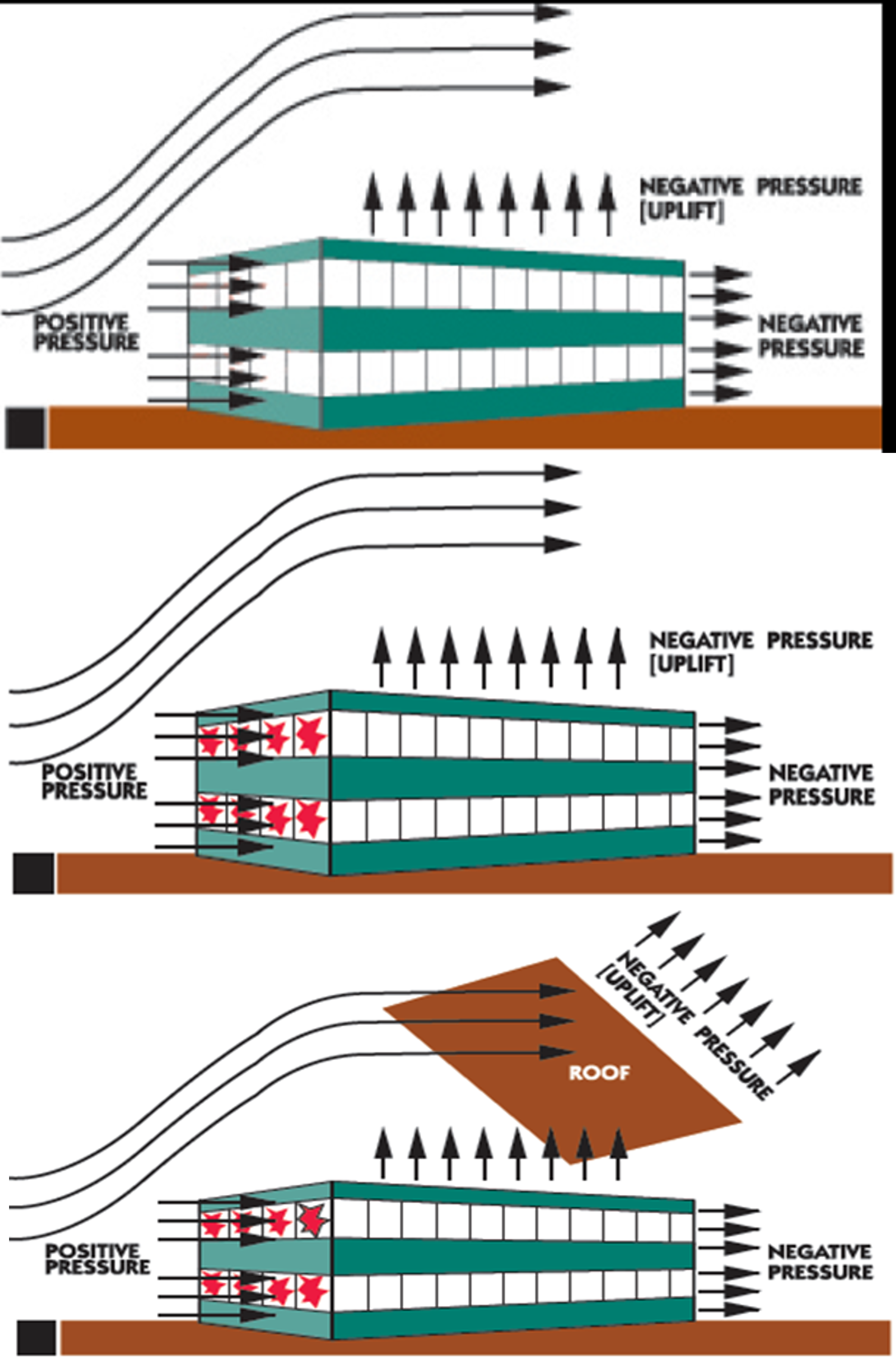
Can Regular Windows Be Treated for Hurricane Resistance?
No, typically existing or ‘regular’ windows cannot be coated or strengthened enough to become hurricane resistant. Hurricane-rated windows must undergo intense testing to ensure they’re up to the task of withstanding brutal winds and flying debris. The installation, framing, glazing and fasteners all are designed to work as a complete protection system.
However, if you don’t want hurricane windows, but need protection, another option is hurricane shutters. While not as aesthetically appealing, hurricane shutters are a viable alternative to hurricane-grade windows. And if you want the ultimate protection, consider installing both on your building.
What Are Some Additional Benefits to Hurricane-Resistant Windows?
In addition to withstanding storms, hurricane windows are durable and long-lasting. They tend to have a longer lifespan than regular windows, making them a wise investment regardless of local climate.
Additionally, hurricane windows provide:
- Added noise reduction
- Bullet and bomb resistance
- Intruder resistance
- Increased safety
- UV resistance
Where to Purchase Hurricane-Resistant Windows for Commercial Buildings?
If you’re looking for beautiful windows that can resist hurricanes and tornados, consider Winco Window Company. We’re proud to offer hurricane-rated and even tornado-rated windows that meet the standards for FEMA P-361. In fact, our windows can withstand over 250 mph winds and a 5-pound 2X4 traveling at 100 mph.
For more information on our hurricane-resistant windows, click here. Or, if you’re ready to get started, find your local Winco Window representative today.



